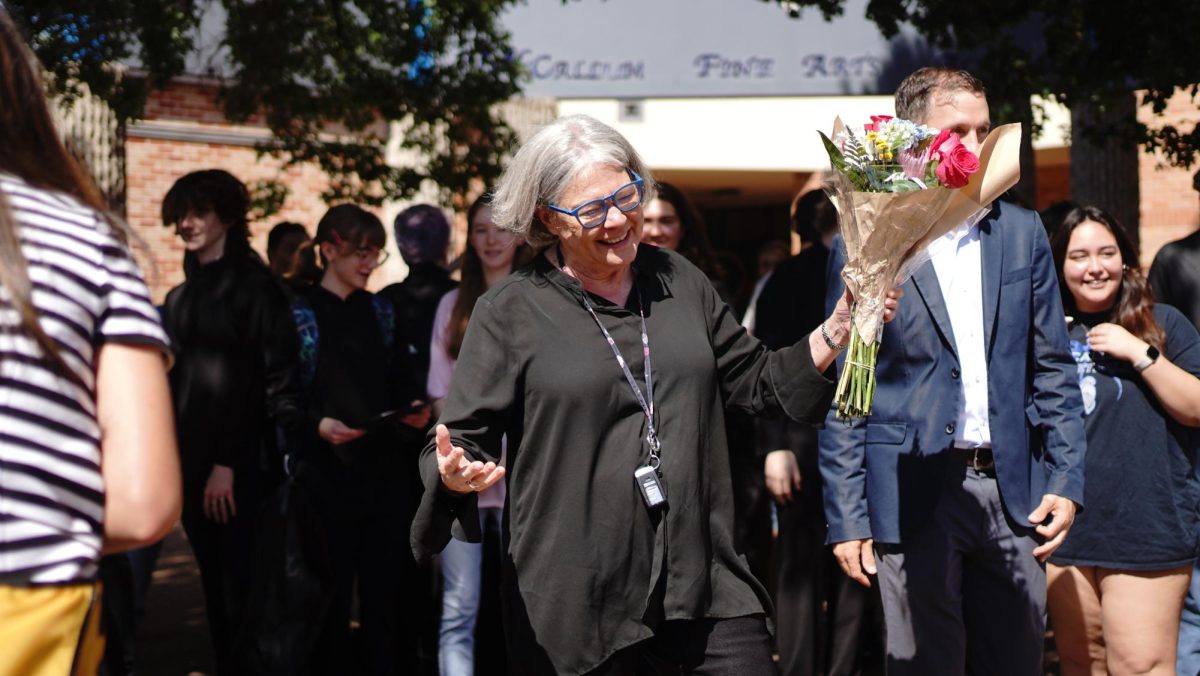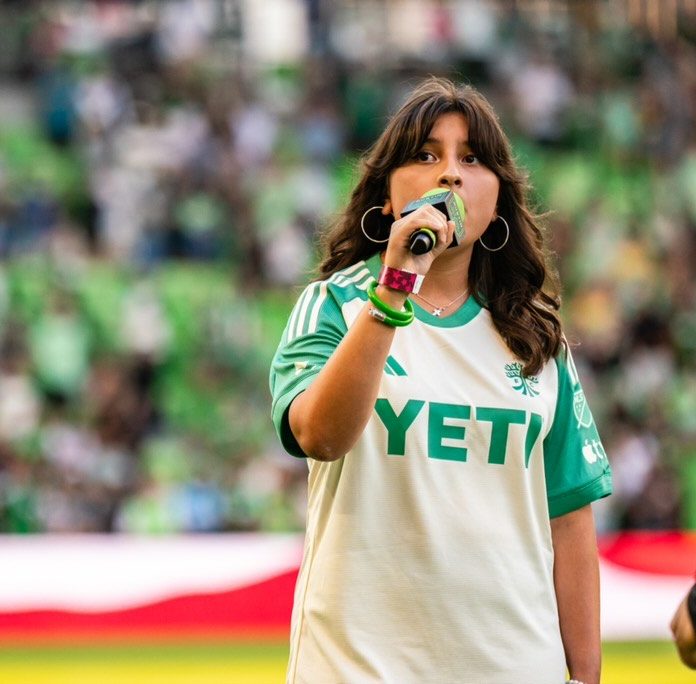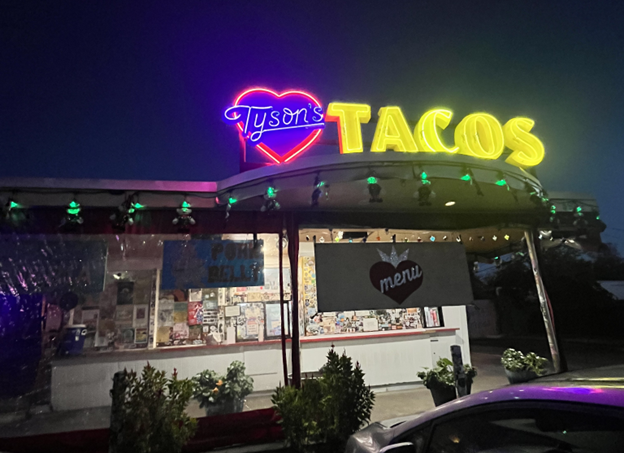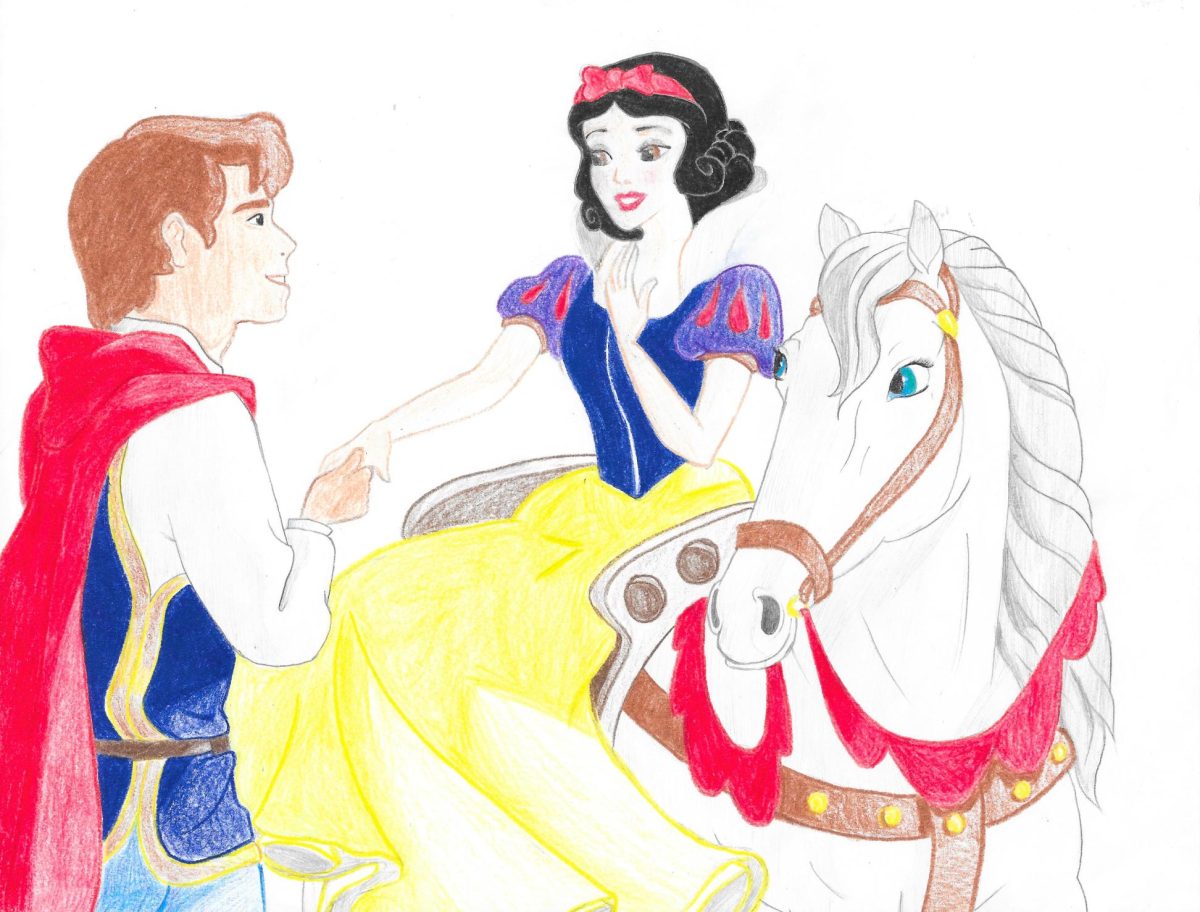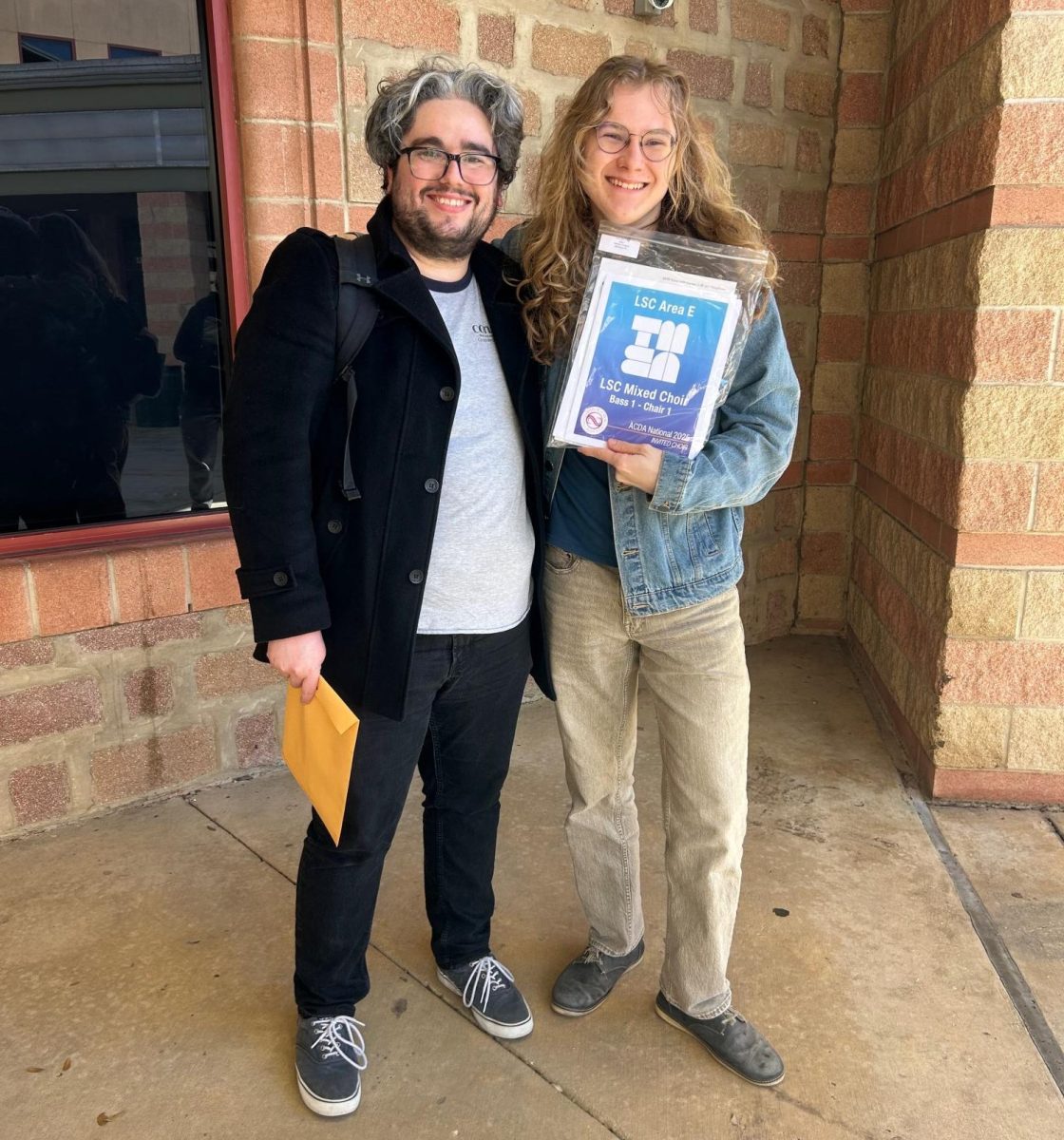Hurry Up Tomorrow is the final project by the global phenomenon The Weeknd.
On Jan. 31, The Weeknd released the long-awaited Hurry Up Tomorrow. The original release date was intended for Jan. 24 but was pushed back a week due to the fires in Los Angeles. Not only does it mark the end of Abel Tesfaye performing as “The Weeknd,” it also brings closure to the storyline throughout his previous albums After Hours (2020) and Dawn FM (2022). The three albums’ concept is based loosely on Dante’s Divine Comedy; After Hours portrays Hell, Dawn, FM represents Purgatory, and Hurry Up Tomorrow is finally Heaven.
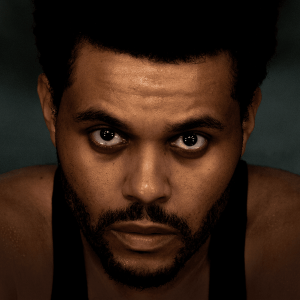
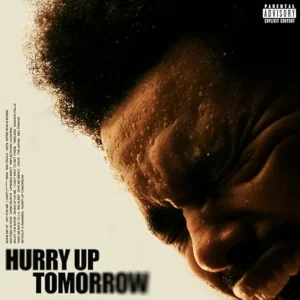
When I picked up my preorder at Austin’s own Waterloo Records, it didn’t take long to realize the album available on vinyl was different from the album streaming on Spotify. First, was the depiction of The Weeknd on the front of the album. He revealed an album cover in September of 2024 that showed his face staring up at the camera, his eyes appearing to hold back tears; Abel revealed a different image, however, just hours before the album’s full release. The cover shown now on streaming services has The Weeknd’s face scrunched in pain, sweat droplets covering his forehead, facing down on a white background. I preferred how the “old” cover followed the pattern of the previous albums, and I was glad to see it wasn’t gone forever.
The second clue revealed itself when I felt the album in my hands. Hurry Up Tomorrow is almost 90 minutes long so it would need to be a double LP, but it was too light when I lifted it. I opened it up and found a single vinyl. But how did they fit 90 minutes of music on one vinyl? I asked myself.
Well, they didn’t.
Hurry Up Tomorrow’s first pressing version is only nine songs long, plus two bonus tracks. Fans who ordered it when it first became available a few months ago aren’t happy, some even calling it a “bait-and-switch,” but I think the 11-song cut of the album is valuable. It’s like a movie that has both a theatrical cut and a director’s cut. While they’re essentially the same, they’re separate enough that one might be preferable to the other. In the full album, he once again satisfyingly delivered an experience for your ears. The album is rooted with a subtle dark energy crowned by synthy, ’80s electronic vibes where every song transitions seamlessly into the next. A few of the songs are actually mini skits that function like a lock in a canal to carry you into the next song. I did like the album’s quality as “one big song” because it gives you a smooth listening experience; however, it gets mucky in the middle, which I attribute to the album’s length. It has its highs, but the four songs after “Opening Night” (one of those aforementioned “canal locks” in the album) until “Timeless (feat. Playboi Carti)” fell flat. It felt like he tried to pack just a few too many songs into this trilogy’s grand finale.
Besides some bumps, however, Hurry Up Tomorrow serves as the end. We have the full story. After Hours began with The Weeknd navigating a fever-dream nightmare, representing his descent into Hell. We entered into a world of synth-trap, fantasies and heartbroken, lost love, where something feels… wrong. The world After Hours wraps you up in is simply inimitable. The darkness it hides is unparalleled. You finish the album and feel like you’ve been dragged through hell alongside The Weeknd’s character. The whole time, something’s off, something’s not right, you want to stop listening, but you can’t escape. A fitting description of hell, I suppose; how this album received zero Grammy nominations is beyond me.
In Dawn FM, the dysphoria of the trilogy’s universe persists. It’s more on-the-nose pop, but the grim undertones create an even wider contrast compared to its predecessor. It also ventures more directly into the synth-pop genre. Dawn FM is The Weeknd’s journey through Purgatory narrated by surprise guest Jim Carrey. It uses the concept of a mock radio station to pull you back into The Weeknd’s universe, where you’re now sitting in a car, waiting in the Purgatory queue to enter Afterlife, and there’s only one station on the radio. While being happier than After Hours, it’s also more directly sinister. It’s less consistent than After Hours yet it remains captivating.
Hurry Up Tomorrow’s full version, I think, is a cinematic album that serves as the capstone to The Weeknd’s character. The first pressing version, however, is a tighter album that serves the end of the trilogy of the album better. The Weeknd is free, he’s reached Heaven, and he’s not chained to the darkness of the first two albums. Although it lingers in the songs “The Abyss (First Pressing)” and “Red Terror (First Pressing Version),” the album sounds freed. The Weeknd has finally escaped the gloom of After Hours and Dawn FM. Hurry Up Tomorrow (First Pressing Version) finishes the trilogy and is an overall cleaner and more effective album.
But the story doesn’t end with the first pressing. The full version still has the darkness from the first two albums. “Baptized in Fear” describes his character dying in a bathtub and “Big Sleep (feat. Giorgio Moroder)” has a lachrymose presence. “Open Hearts,” “The Abyss (feat. Lana Del Rey),” and “Red Terror” each have booming synthesizers that overcome the listener’s ears. The first pressing hinted at—but cut out—this remaining gloom. Maybe it’s because The Weeknd’s story doesn’t have a happy ending. There may not be an ending, actually. Fans noticed quickly that the titular ending song, “Hurry Up Tomorrow” rolls into his first released song from 2011, “High For This.” It’s sad to see The Weeknd go, but he’ll not be forgotten.
Hurry Up Tomorrow is available on all major streaming platforms.



